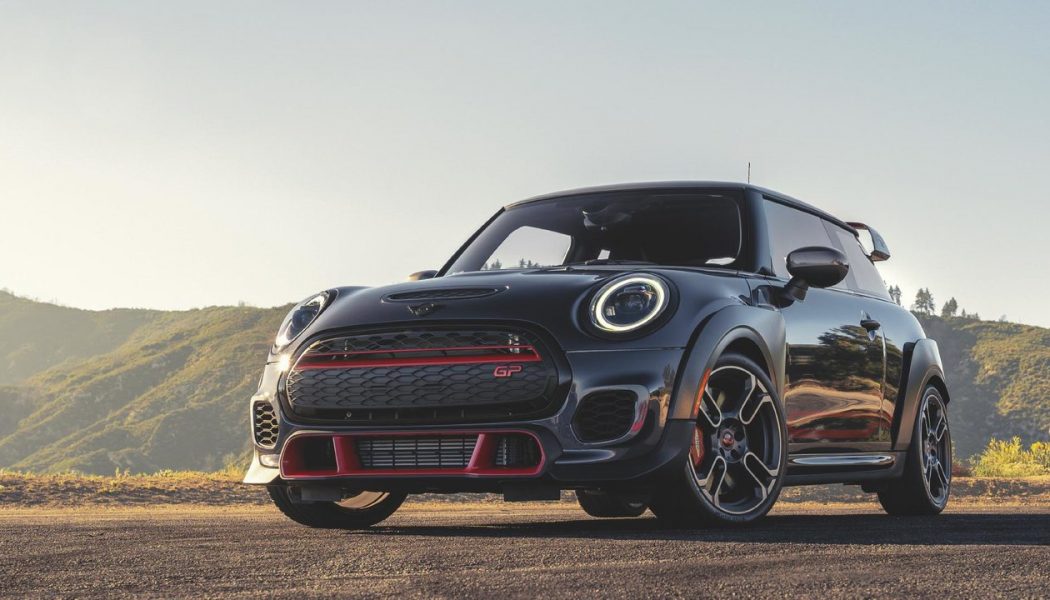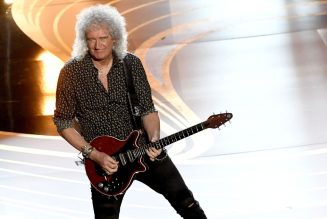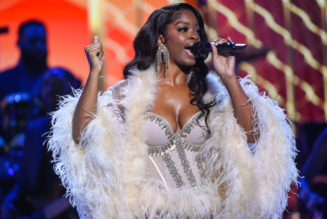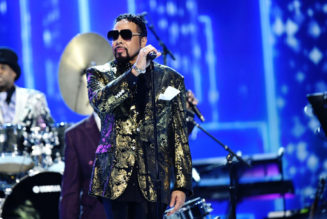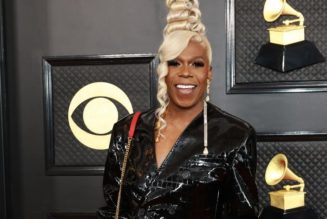Currently, JCW models represent the sporty zenith for the not-so-little-anymore Mini lineup. There are JCW variants of the Hardtop, Convertible, Clubman wagon, and Countryman crossover SUV. All are turbocharged, with the models’ juiced four-cylinder engines shoving out between 228 and 301 horsepower. The Hardtop is available in even harder-core GP guise, with crazy aerodynamic add-ons and the same 301-hp engine spec as the larger Clubman and Countryman JCW models. These pricey JCW Minis are the most spiritually aligned with Mini’s sporty brand ethos, a critical distinction given how dull mainstream Minis have become.
If you’re wondering what a JCW Mini EV might look like, well, take a gander at the camouflaged Hardtop pictured above. This appears to be the electric Mini JCW in its development stage. Based on its bodywork and wing setup, the high-performance Mini EV appears to be little more than a Cooper SE Hardtop that’s been beefed up with JCW GP gear. It remains to be seen how Mini plans to extract more performance from the Cooper SE Hardtop’s powertrain, or whether it’s given up on that in favor of something altogether more muscular.
Battery capacity is an issue we suspect would carry over from the SE Hardtop to its JCW kin. Our recent test of the Cooper SE Hardtop revealed its size-based battery issues. Essentially, the batteries are heavy relative to the still-smallish Mini’s mass; however, without space for more batteries, the car’s current battery pack can’t provide the sort of range EV buyers are coming to expect. With battery tech where it is today, it helps to have a larger vehicle to put them in—both because it affords space for more batteries, and because any excess mass relative to the already large vehicle is incremental. In any event, the current Mini platform is designed for electrification, size-related battery compromises aside, and we look forward to seeing what Mini comes up with here.
